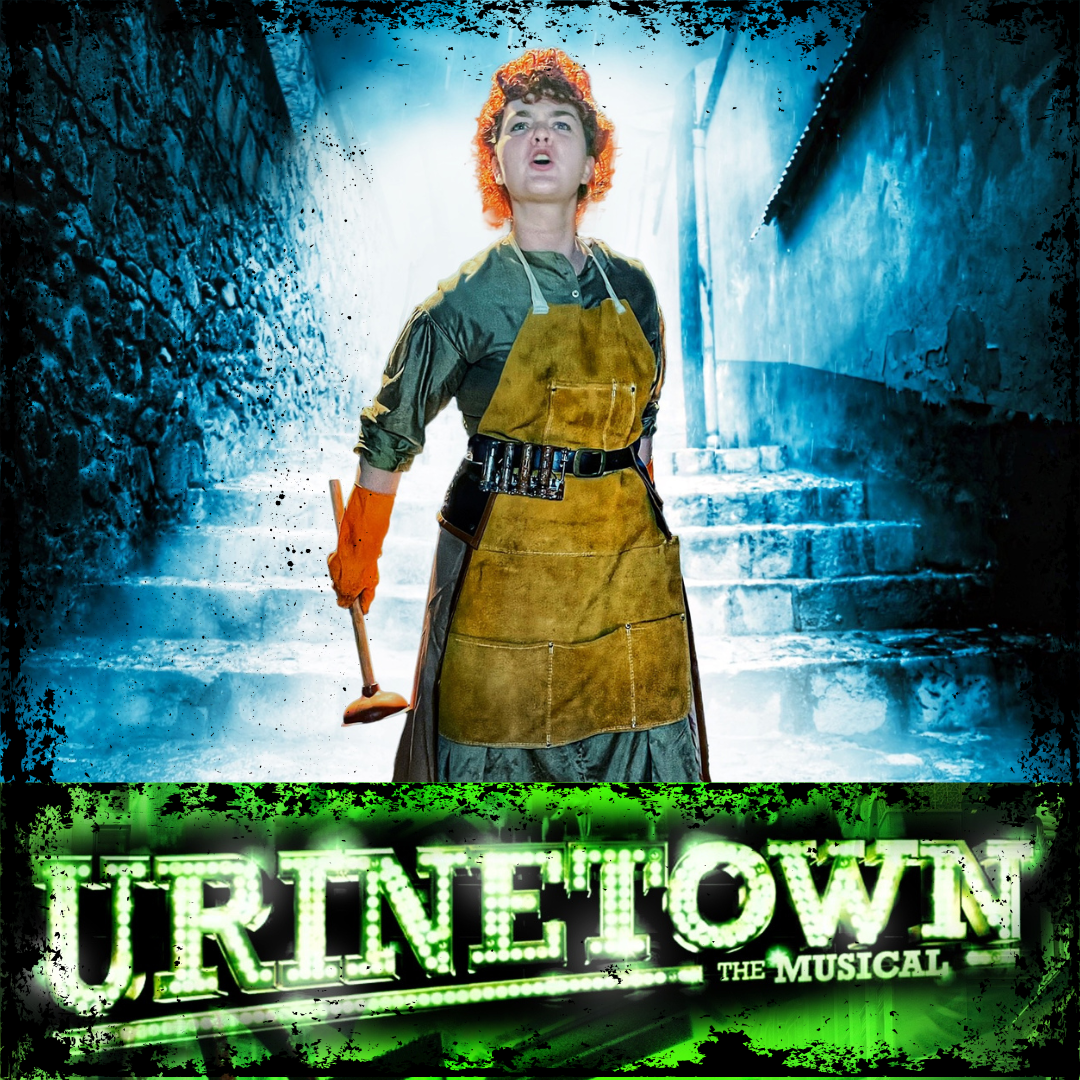The SpongeBob Musical — Pilot Production for Broadway Media Distribution
Everything pictured here represents a full-circle creative synthesis of my work as Director, Costume Coordinator, Scenic Designer, and Social Media Manager for The SpongeBob Musical at MFAA — one of the first productions of the musical outside of Broadway and the pilot production for Broadway Media Distribution.
I pulled and assembled every costume and graphic seen here, working within Nickelodeon’s strict brand guidelines while reinterpreting the iconic aesthetic of the original IP through a theatrical lens. My goal was to honor the source material while crafting something bold, cohesive, and stage-ready for a new generation of audiences. Every visual detail, from the saturated color palette to the layered textures, was chosen to bridge the gap between cartoon whimsy and live theatrical spectacle.
As Social Media Director, I developed a daily posting schedule and executed a full campaign around the production. I shot the raw photos using an iPhone and used Photoshop to place the actors within a neon-drenched Bikini Bottom-inspired world. The result: our departmental social presence grew from just a few hundred followers to over 7,000+ — a growth of more than 2,000% — increasing community engagement, visibility, and audience turnout across the run. I also coordinated behind-the-scenes features, student spotlights, and interactive campaigns that built a genuine sense of community around the show’s creation.
Clue: Live on Stage
This production of Clue: Live on Stage was an exploration of color, composition, and storytelling through design. As Director, Scenic Designer, and Social Media Manager, I focused on developing a cohesive visual world rooted in the source material while adapting it for the stage. Each character’s name and personality informed their color palette, creating a design language that connected costume, lighting, and scenic elements in a unified aesthetic.
The production also emphasized the importance of live performance as an event. Staged during the pandemic, the social media campaign became a bridge between isolation and re-engagement — inviting audiences to return to the theatre safely and enthusiastically. Through consistent, thoughtful promotion, we were able to reach new audiences and achieve sold-out performances across the run.
Working with this established IP required a careful balance of respect for the original Clue film and board game with the creative needs of a contemporary stage adaptation. Every design choice was made to support that balance: familiar, yet fresh; stylized, yet grounded in narrative clarity.
This project represents a collaboration between design, direction, and audience engagement — a reminder of how storytelling and worldbuilding extend beyond the stage and into the ways we invite people to experience them.
Urinetown: The Musical
For Urinetown: The Musical, I served as Graphic Designer, Photographer, and Social Media Manager, developing a visual and tonal world that connected the show’s satire to its historical and social roots. The campaign was built around a distinct color palette and photographic style inspired by Great Depression–era America, refracted through a modern lens.
All photography was captured on iPhone and composited in Photoshop to evoke the gritty realism of documentary photography while maintaining a theatrical edge. The design language drew from the visual traditions of The Cradle Will Rock and The Threepenny Opera — productions that blended political commentary with musical innovation — and used that aesthetic to frame Urinetown as both a parody and a reflection of the American musical form itself.
The social media rollout was crafted to position the production not only as entertainment but also as an act of creative commentary. By integrating imagery, typography, and tone into a cohesive visual identity, the campaign helped audiences engage with the show’s humor and subtext before they ever entered the theatre.
This project became a study in how design and storytelling intersect — how visual choices can deepen the audience’s connection to satire, worldbuilding, and the ongoing conversation between theatre and society.















































